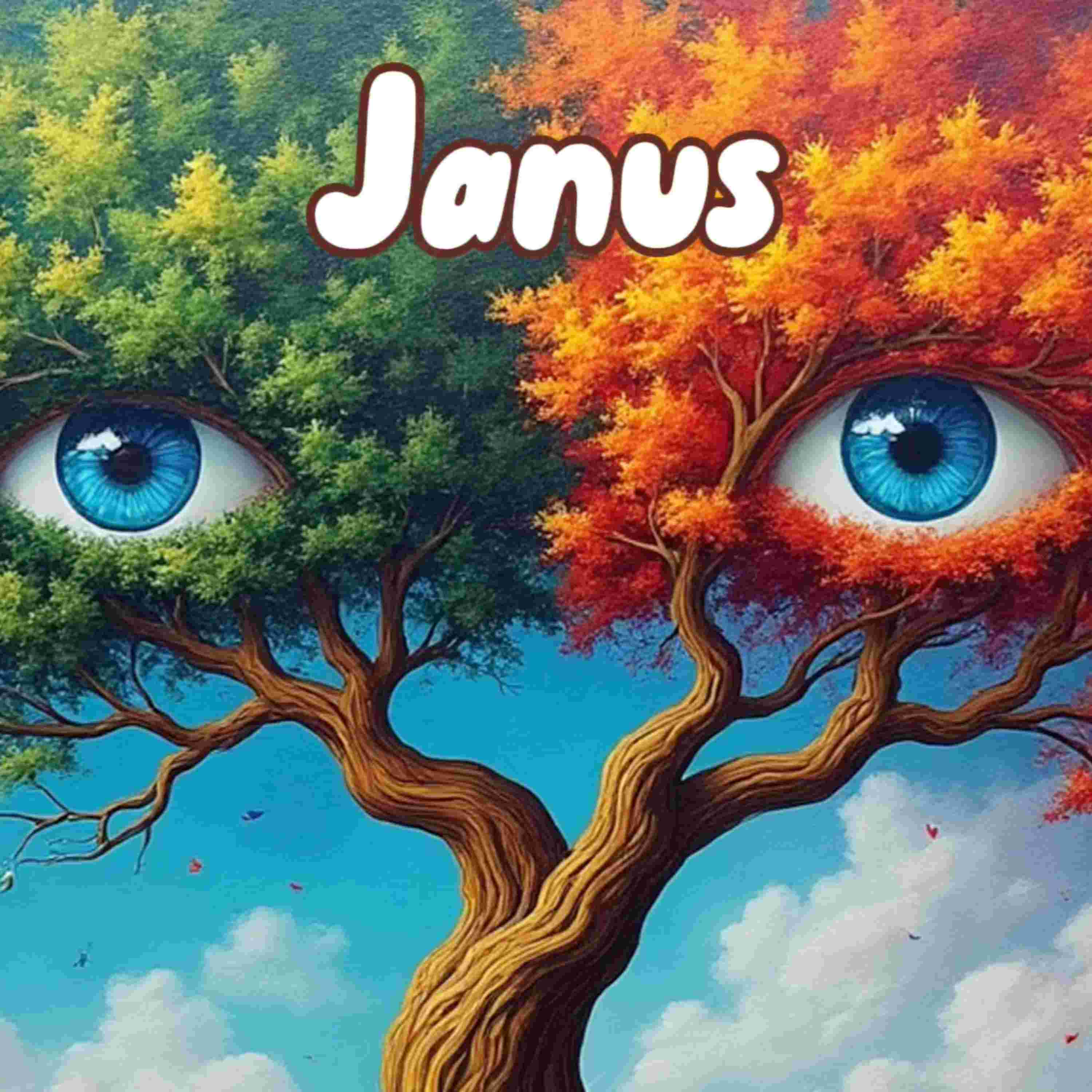

[00:00] Intro
[00:28] Limitation of existing unified models
[00:57] Janus's decoupled visual encoding solution
[01:18] Advantages of decoupling
[02:03] Janus architecture
[02:50] Three-stage training
[03:41] Ablation studies
[04:23] Extensions for Janus
[05:10] Performance gains
[05:47] Current limitations
[06:31] Impact of simplicity and extensibility
[07:10] Qualitative results
[08:18] Potential applications
[08:52] Key takeaways
Abstract: In this paper, we introduce Janus, an autoregressive framework that unifies multimodal understanding and generation. Prior research often relies on a single visual encoder for both tasks, such as Chameleon. However, due to the differing levels of information granularity required by multimodal understanding and generation, this approach can lead to suboptimal performance, particularly in multimodal understanding. To address this issue, we decouple visual encoding into separate pathways, while still leveraging a single, unified transformer architecture for processing. The decoupling not only alleviates the conflict between the visual encoder's roles in understanding and generation, but also enhances the framework's flexibility. For instance, both the multimodal understanding and generation components can independently select their most suitable encoding methods. Experiments show that Janus surpasses previous unified model and matches or exceeds the performance of task-specific models. The simplicity, high flexibility, and effectiveness of Janus make it a strong candidate for next-generation unified multimodal models.
Authors: Chengyue Wu, Xiaokang Chen, Zhiyu Wu, Yiyang Ma, Xingchao Liu, Zizheng Pan, Wen Liu, Zhenda Xie, Xingkai Yu, Chong Ruan, Ping Luo
Affiliations: DeepSeek-AI, The University of Hong Kong, Peking University